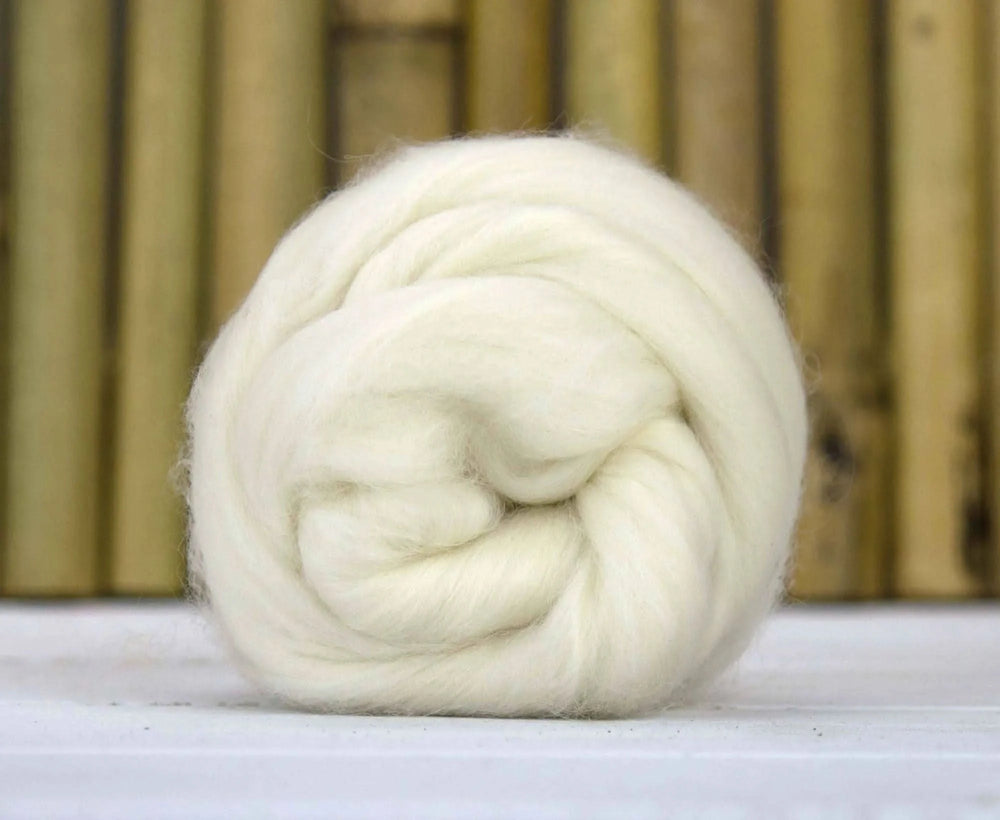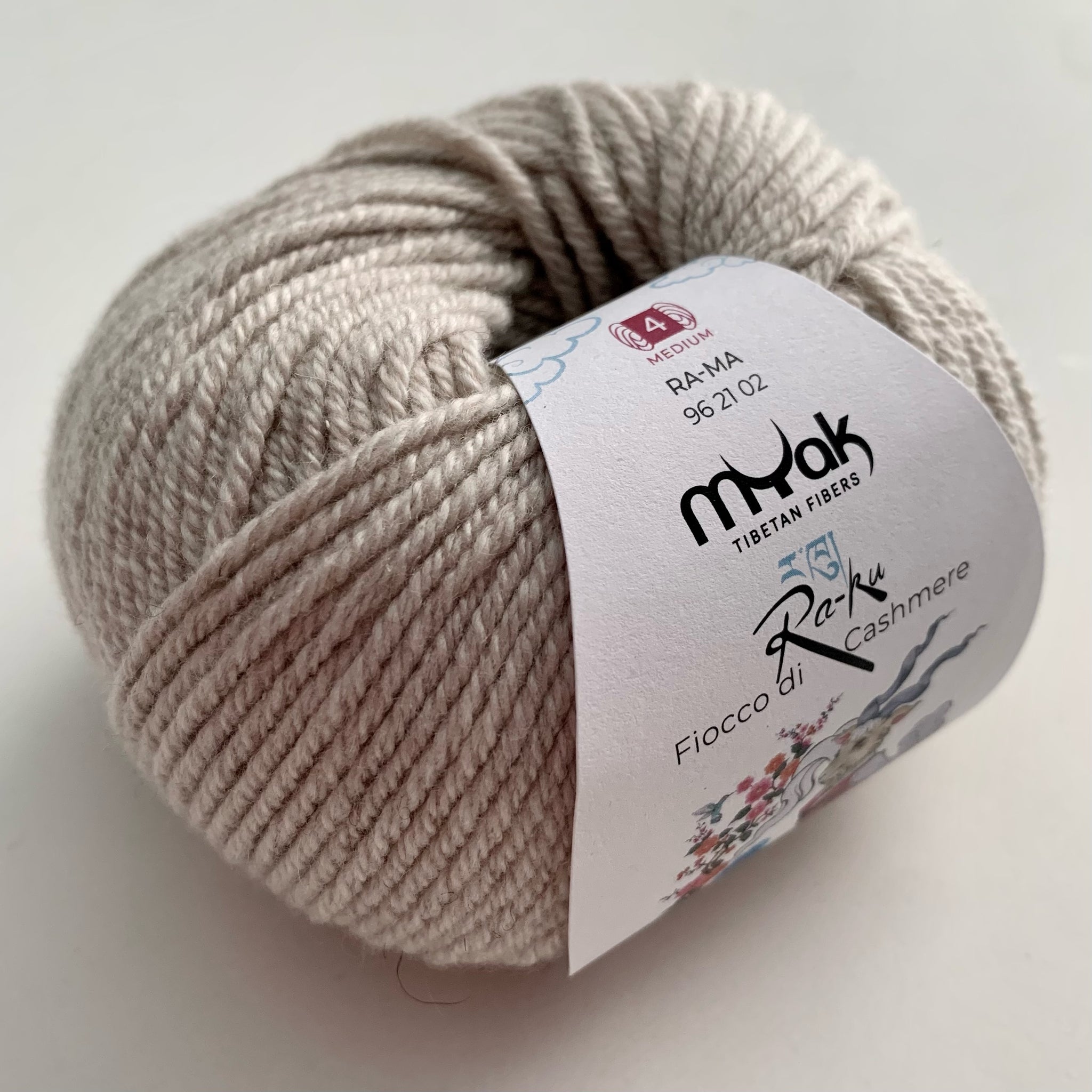Checking Out the Different Types of Cashmere an All-natural Fiber for Ultimate High-end
Cashmere, an all-natural fiber, is commonly related to high-end and convenience. Not all cashmere is created equal. From the highly soft Mongolian selection to the lightweight warmth of Indian Pashmina, each type offers its own special attributes and attraction. The more budget friendly Chinese cashmere, the typical Scottish variation, and the high-end Italian mix, all inform a various tale of this remarkable fiber. As we unwind the globe of cashmere, a much deeper understanding of its real worth and sophistication begins to emerge.
Recognizing the Luxurious Nature of Cashmere
Cashmere, typically connected with high-end and comfort, holds a distinct appeal worldwide of natural fibers. This soft, lightweight product is wanted for its exceptional heat and exceptional toughness. Unlike various other natural fibers, cashmere combines insulation with breathability, providing unequaled convenience across varying temperatures. Its glossy surface and soft structure add to its high-end allure, validating the premium rate that usually includes cashmere garments. Furthermore, cashmere's fundamental wrinkle resistance and flexibility enhance its desirability, making it a favored option for premium apparel and devices. Despite its fragile appearance, cashmere has an unexpected resilience, able to preserve its shape and luxurious feeling with time. This one-of-a-kind blend of characteristics seals cashmere's position as an icon of beauty and indulgence.
Simply What Is Cashmere and Where Does It Come From?

Cashmere is obtained from the soft undercoat of cashmere goats, largely located in Mongolia, China, Iran, and Afghanistan. This meticulous process contributes to the scarcity and high cost of cashmere. With its origin in the severe landscapes of Asia, cashmere is a testament to nature's capability to create high-end from hardship.
Deciphering the Different Sorts Of Cashmere
Recognizing the different kinds of cashmere is vital to valuing the quality and unique attributes of this glamorous fabric. Usually, cashmere is classified right into three kinds: raw, virgin, and recycled. Translating these types is the initial action in understanding the exclusivity and worth of cashmere.

The Special Attributes of Each Kind Of Cashmere
Having actually discovered the various classifications of cashmere, it comes to be noticeable that each kind flaunts its special collection of attributes. Mongolian cashmere, for circumstances, is renowned for its premium high quality, as a result of Mongolia's rough winters months that create longer and finer fibers. On the other hand, Chinese cashmere is commonly more budget-friendly, though its shorter fibers can decrease longevity. Scottish cashmere is celebrated for its beautiful softness, a result of the conventional water washing procedure utilizing Scotland's soft water. Italian cashmere, on the other hand, is well-known for its skillful mixing and coloring strategies, making it dynamic and versatile. Lastly, Indian cashmere, also referred to as Pashmina, is valued for its extraordinary lightness and heat. Each kind, therefore, adds to the material's online reputation for high-end.
Why Cashmere Is the Embodiment of Luxury in vogue
Cashmere holds site web a prestigious placement in the globe of style, related to as a sign of high-end and sophistication (is cashmere a natural fiber). Cashmere is acquired from the great undercoat of Himalayan goats, understood for their exceptional high quality fiber. Cashmere's exceptional comfort and durability make it a popular material in the production of premium garments.
The Process of Making Cashmere: From Goat to Garment
The journey of cashmere, from being an undercoat of a Himalayan goat to an elegant garment, is an elaborate one. With the advent of springtime, farmers in Mongolia and China gather the wool by brushing the goats, making certain no injury is done. The obtained wool contains rugged outer hair and soft downy undercoat. This mix is after that meticulously separated, with just the soft down used for cashmere. This raw cashmere is cleaned, dyed and spun right into yarn. The thread is after that woven or knitted right into materials. The last step involves cleaning and pressing to give the textile its characteristic soft qualities and warmth. From goat to garment, each step is a testimony to the skill, perseverance and creativity associated with crafting cashmere.

Final Thought
Finally, cashmere, with its natural style and unrivaled comfort, rules supreme in the world of luxury style. The variety in types, varying from the soft Mongolian, light-weight Indian Pashmina, inexpensive Chinese, standard Scottish, to see it here the colorful Italian, discloses the adaptability of this natural fiber. The meticulous procedure of transforming it from a goat to a garment additionally includes in its exclusivity, making cashmere the embodiment of class and luxury.
Cashmere, an all-natural fiber, is typically associated with luxury and convenience (is cashmere a natural fiber).Cashmere, commonly associated with deluxe and comfort, holds an one-of-a-kind appeal in the globe of natural fibers. Unlike other natural fibers, cashmere combines look at this site insulation with breathability, using unrivaled convenience across differing temperatures. Cashmere is obtained from the soft undercoat of cashmere goats, primarily discovered in Mongolia, China, Iran, and Afghanistan. Cashmere is derived from the fine undercoat of Himalayan goats, recognized for their exceptional top quality fiber
Comments on “Discovering What Material Is Cashmere and Its Role in High-End Clothing”